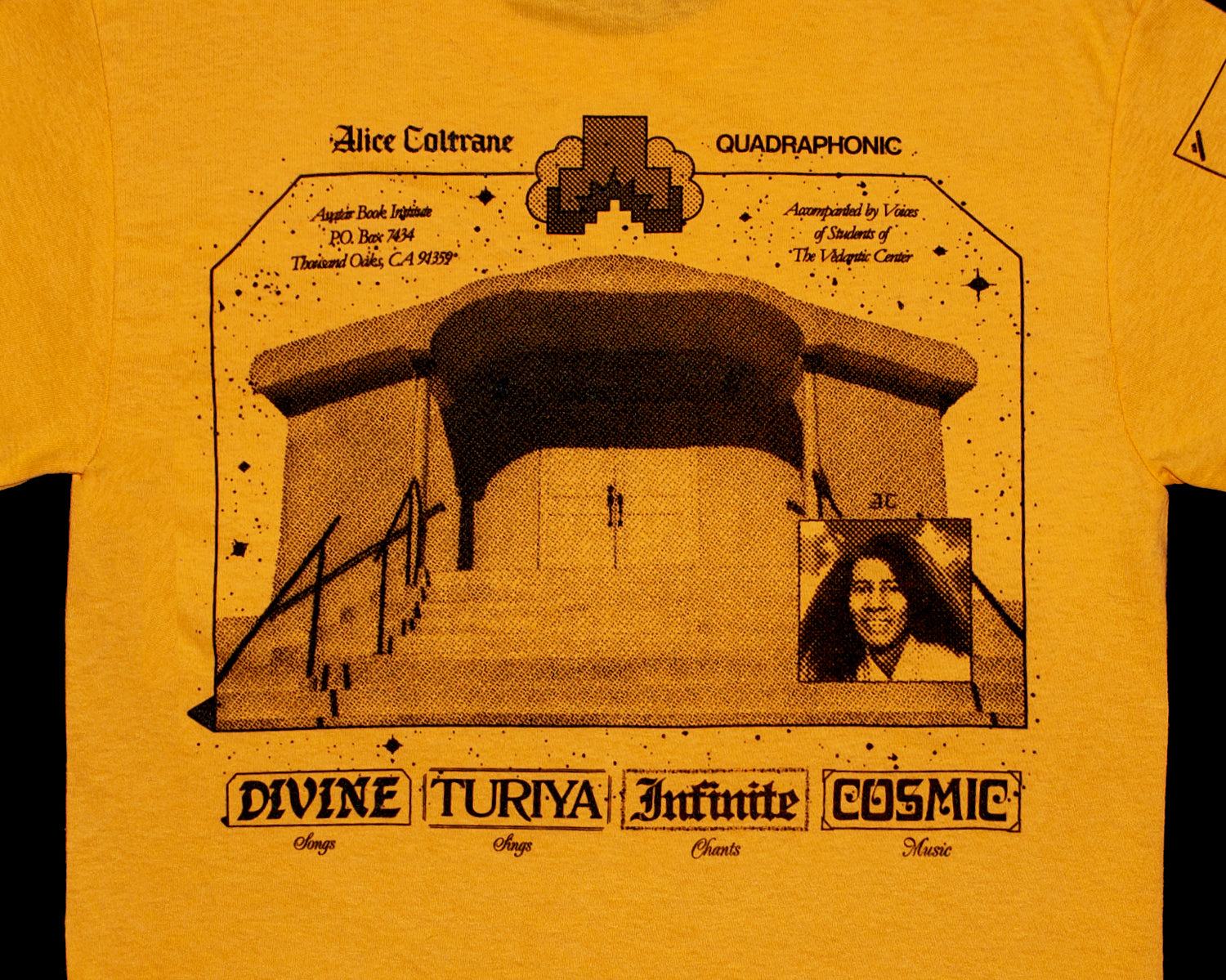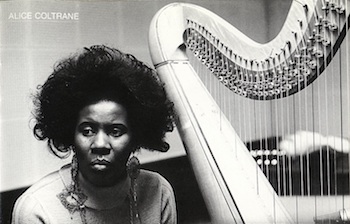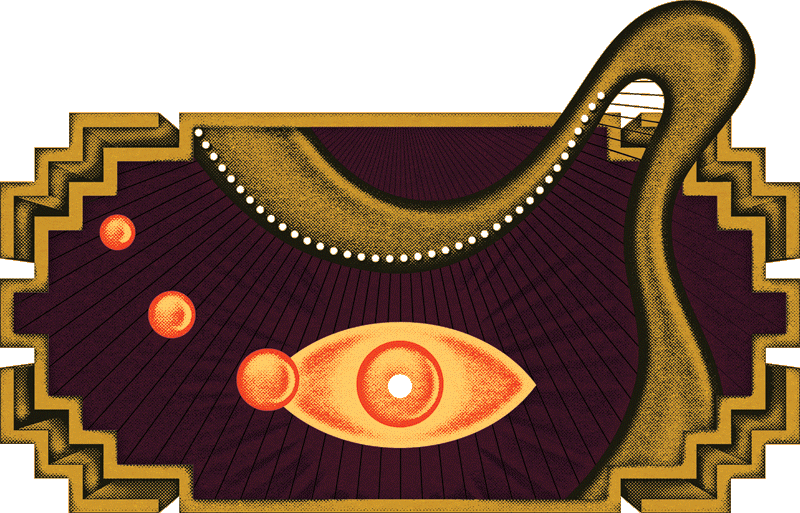
Although she didn’t perform on his most popular album, “A Love Supreme,” it was exemplary of their love for each other and their growing spirituality. Their union was deeply spiritual, and together they began to infuse spirituality into their musical performances and recordings. They were married in 1965 in Juarez, Mexico, and she joined his band a year later, replacing the indomitable McCoy Tyner. In 1962-63 she met John Coltrane while touring and recording with vibist Terry Gibbs. Their marriage ended after Hagood became addicted to heroin, and she moved back to Detroit with her daughter Michelle.īack in Detroit she was constantly in demand at local nightclubs, where she often was featured with Terry Pollard, a talented vibraphonist who later would tour with Terry Gibbs. She married vocalist Kenny “Pancho” Hagood in 1960. Many of these dates were broadcast on radio and French television. Among the jazz greats with whom she performed were tenor saxophonist Lucky Thompson and drummer Kenny Clarke. While in Paris, she worked as an intermission pianist at the Blue Note Jazz Club. Her musical progress and prowess were rapid, and soon she was the pianist in a number of local bands before embarking for Paris in 1959 to study with the immortal Bud Powell. As a teenager she attended Cass Technical High School, where she was again in the company of such proficient musicians as pianist Hugh Lawson (another Lateef protégé) and drummer Earl Williams.Īlong with the lessons at Cass, she continued her musical development at her church and studying privately with a host of remarkable teachers and musicians in the city. Her mother, Anna, was a member of the choir at her church and, Ernie Farrow, her half-brother, was an outstanding bassist who performed with a list of notable leaders, including Yusef Lateef.Īfter acquiring some of the fundamentals of music and inspiration from her family, she pursued the study of classical music at age 7. 27, 1937, in Detroit, she was surrounded by music as a child. It was also an opportunity for viewers to learn a little more about his wife, Alice, if they hadn’t heard of her before, and with an iconic artist such as her husband, it was very easy to be overshadowed.īut she cast her own enormous shadow, one that has its own visibility since she often worked in close concert with him, most notably in his last ensemble, and carried on their musical legacy after his death.īorn Alice McLeod Aug. And then there's "Stopover Bombay" and "Something About John Coltrane, " which reveal the melodious symmetry of Alice Coltrane's piano playing, a singular style deeply imbued in the old time testimonies of the spirituals and the blues.By now, many of you have seen the documentary “Chasing Trane,” about the acclaimed musician John Coltrane. The title cut and "Shiva-Loka"-centered around Cecil McBee's sonorous, lyric bass vamps and Tulsi's droning tambourine-are gorgeous evocations of modal jazz and Indian ragas, again exploiting the contrast between Sanders' reedy chants and Coltrane's blissful arpeggios.

The concluding cut "Isis And Osiris" (recorded earlier that summer at the Village Gate), is a global village of texture and song, animated by Pharaoh Sanders' gently wafting soprano and Rashied Ali's quicksilver brushwork, as Vishnu Wood's feathery oud, Charlie Haden's woody bass and Coltrane's sweeping harp combine to create a dreamy vortex of sound. JOURNEY IN SATCHIDANANDA, recorded in the fall of 1970, is a serene, composed meditation on the lessons of the 1960's, a mystical work of enduring sweetness and spiritual longing. John Coltrane had always expressed a fondness for the harp, and while young McLeod never did bring that instrument into the context of Trane's working groups, she did bring her rolling, ecstatic style of piano to bear in the saxophonist's last quartets and quintets as Mrs. Among those searchers was young Alice McLeod of Detroit, a virtuoso on the vibraphone, piano, organ and harp. By aligning himself with the searchers among the new generation, John Coltrane legitimized their quest and set a daunting standard of excellence for those who experiment outside the mainstream of modern jazz.


The death of John Coltrane left not only a musical, but a spiritual void among his many followers and admirers. Recorded at the Coltrane Studio, Dix Hills, New York on Novemand live at the Village Gate, New York, New York on July 4, 1970. Digitally remastered using 20-bit technology by Erick Labson (MCA Music Media Studios).


 0 kommentar(er)
0 kommentar(er)
